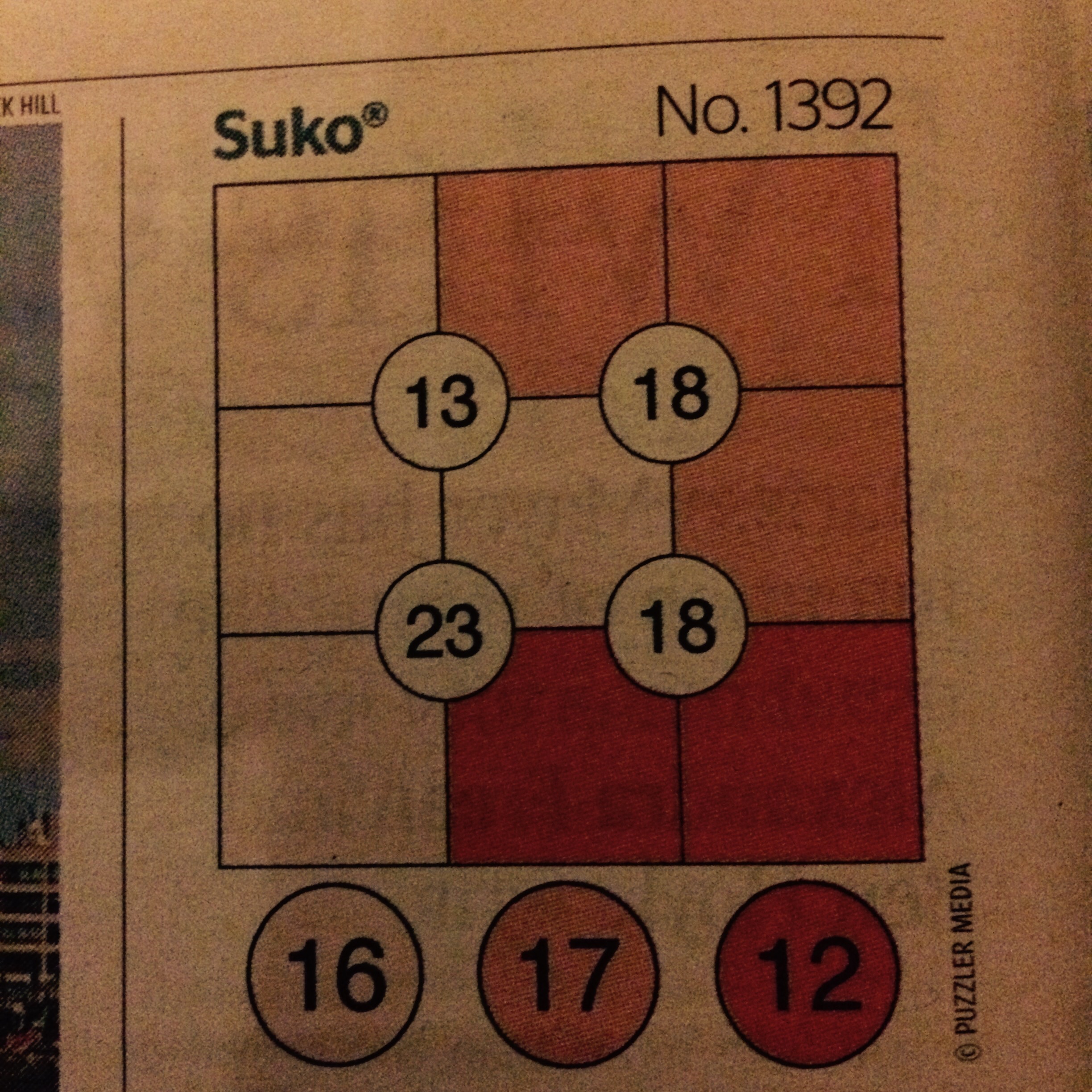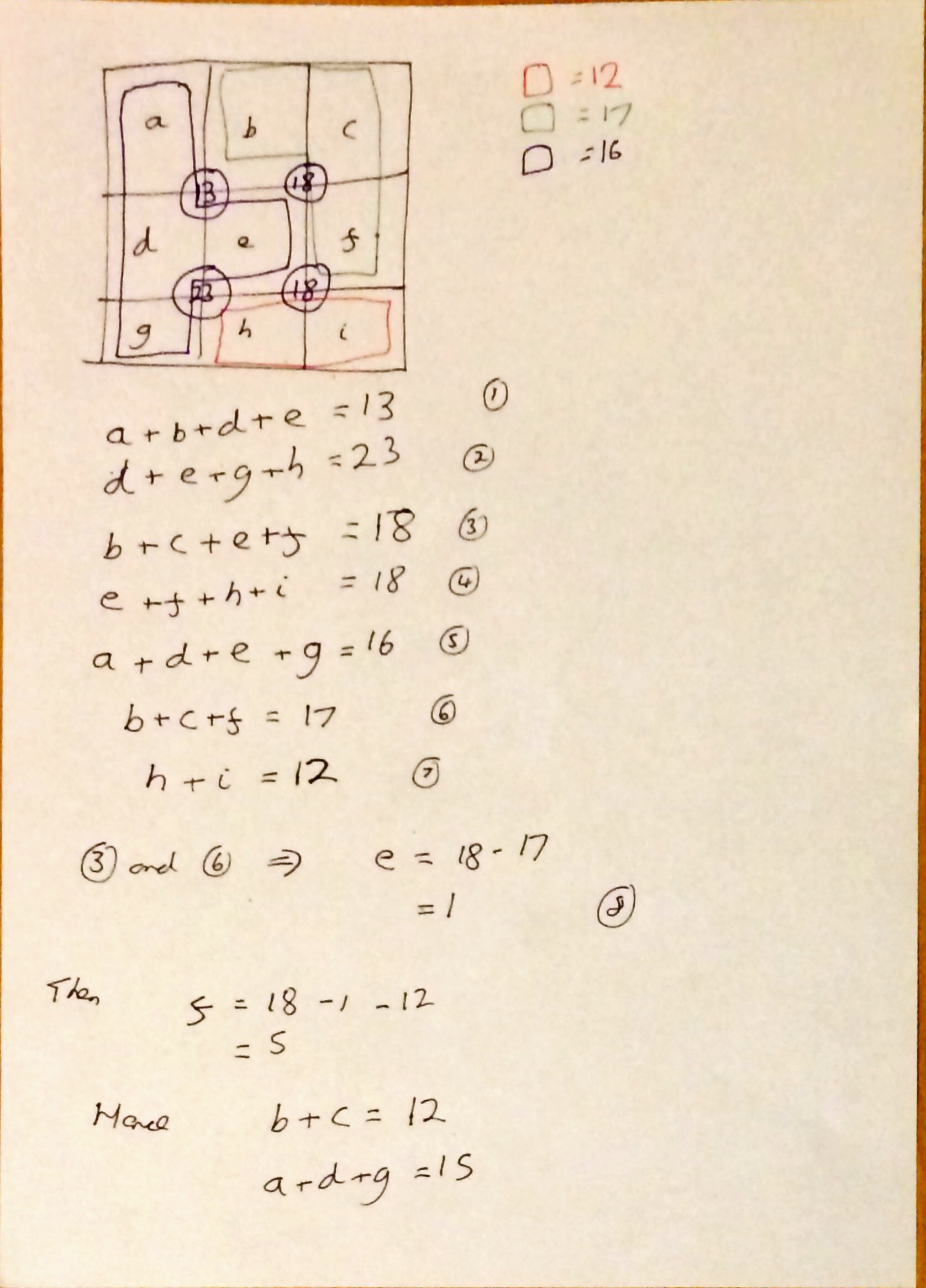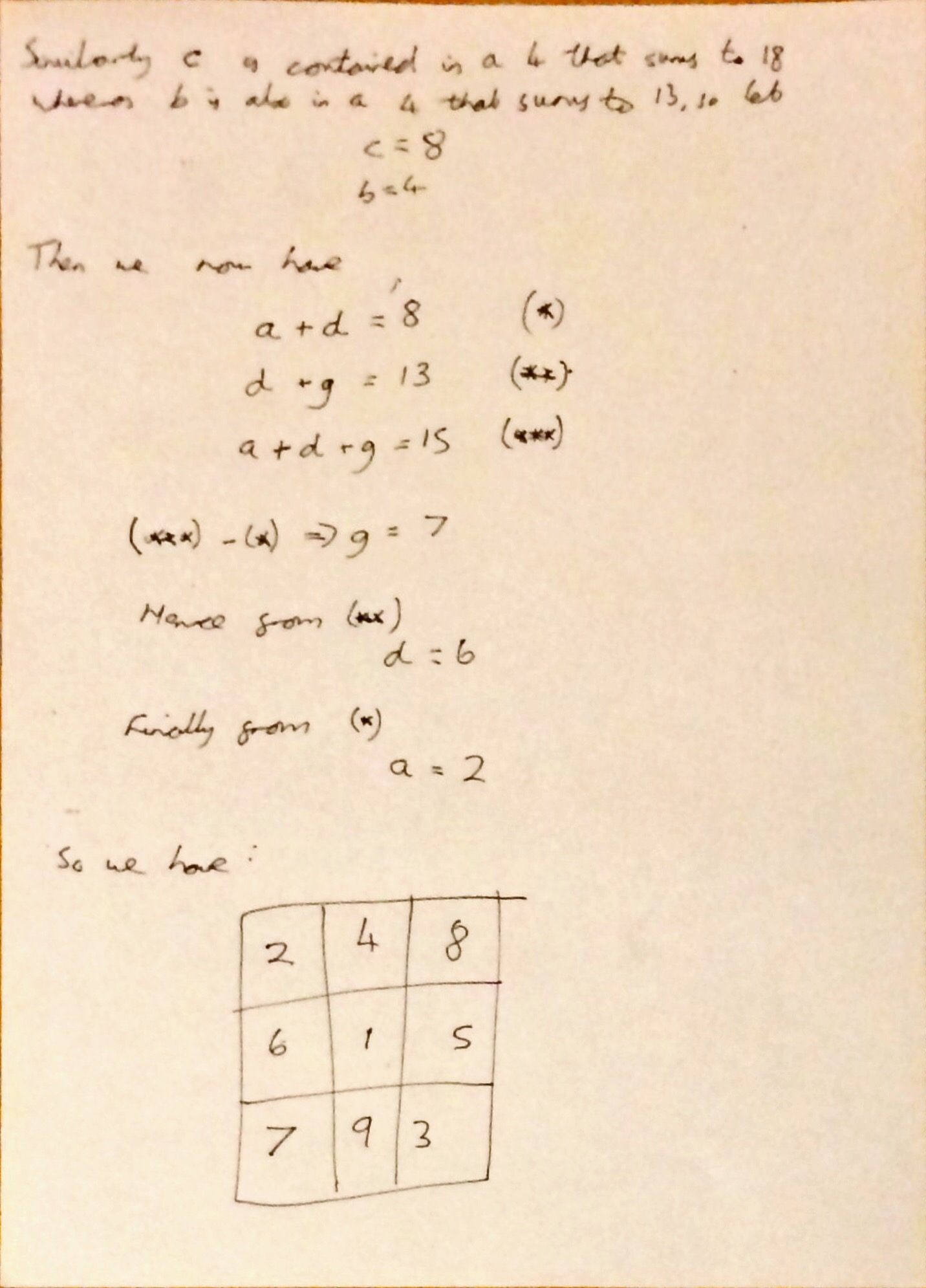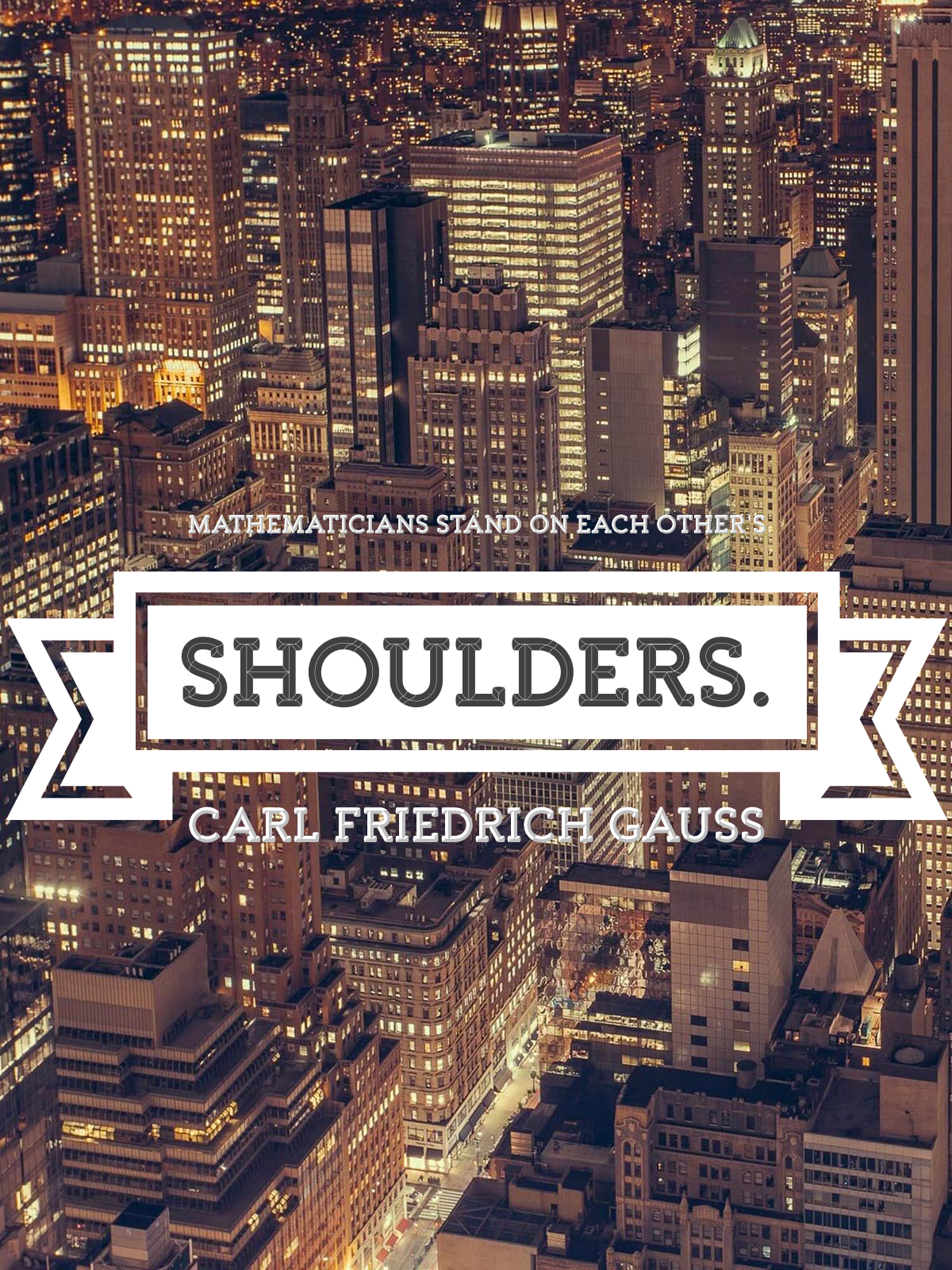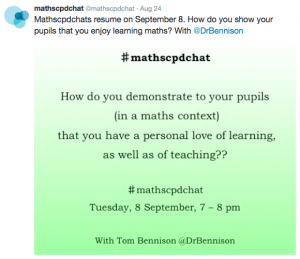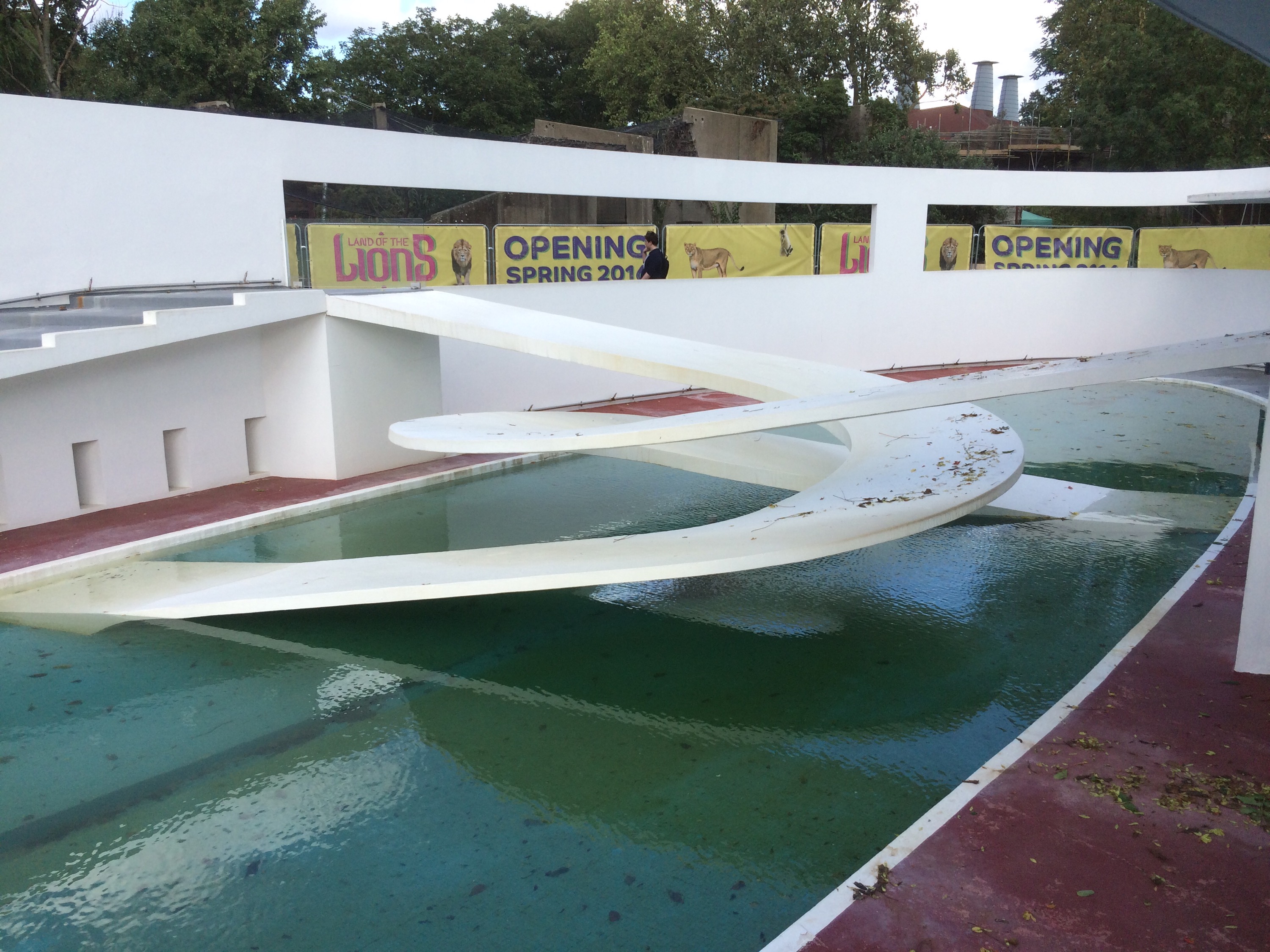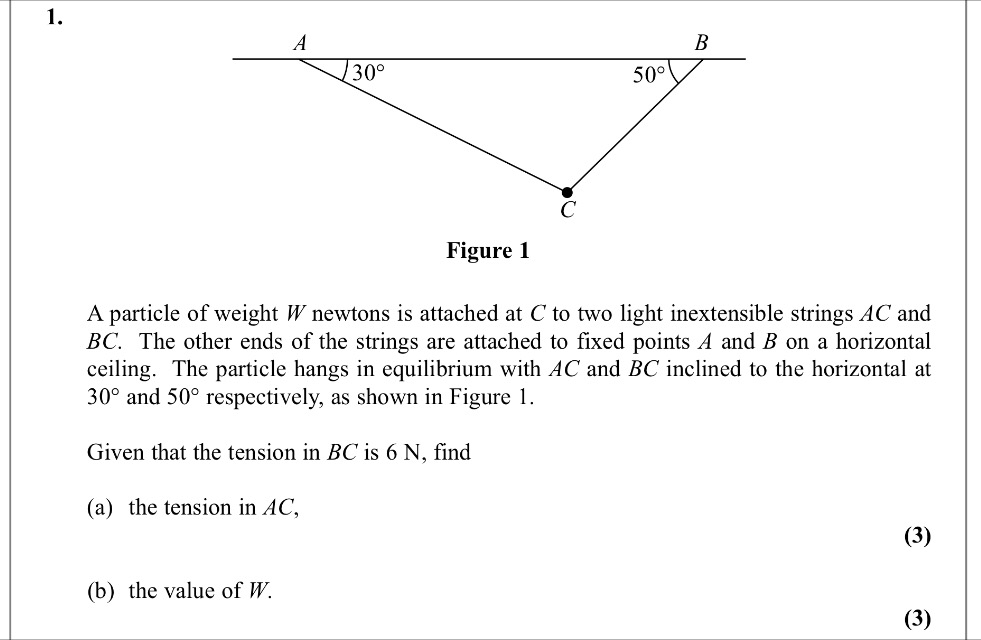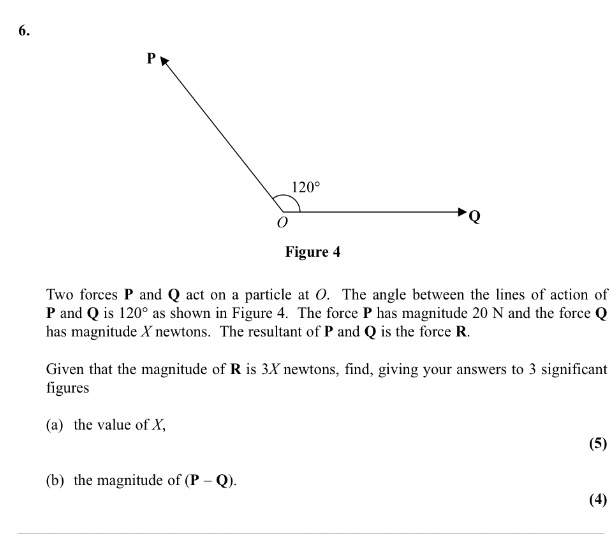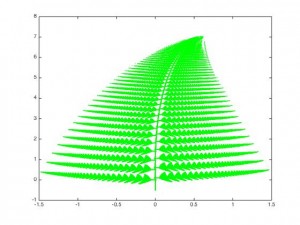Last night at 8pm I was sat at home nervously awaiting the start of the first #mathsjournalclub discussion. I really wasn’t sure if anyone would take part – especially after I had found the article relatively hard going! The article didn’t turn out to be what I had expected, but once I had got through the first few pages I found it very interesting and it gave me lots to think about.
Thankfully, lots of people took part and I really enjoyed hosting the discussion (even if it was surprisingly tiring!). There were some great points made and lots of excellent discussion- see below for some of these.
If you didn’t take part this time please consider it next time. I will be releasing the poll to choose the article next week so if you have a suggestion send it to me or to the @mathjournalclub account.
To try and distill the discussion I created the following storify… Please don’t be mad if all of your tweets didn’t make it – there were so many of them!
On the 24th August between 8pm and 9pm the first #mathsjournalclub discussion took place. We were talking about the article “A Glimpse into Secondary Students’ Understanding of Functions” by Brendefur, Hughes and Ely. Discussion was frantic – this is an attempt to provide some kind of record.
On the 24th August between 8pm and 9pm the first #mathsjournalclub discussion took place. We were talking about the article “A Glimpse into Secondary Students’ Understanding of Functions” by Brendefur, Hughes and Ely. Discussion was frantic – this is an attempt to provide some kind of record.
On the 24th August between 8pm and 9pm the first #mathsjournalclub discussion took place. We were talking about the article “A Glimpse into Secondary Students’ Understanding of Functions” by Brendefur, Hughes and Ely. Discussion was frantic – this is an attempt to provide some kind of record.
https://storify.com/tajbennison/getting-started
 There is nothing new or revolutionary here, but I thought I would share it in case it is useful for anyone. A pdf is available here.
There is nothing new or revolutionary here, but I thought I would share it in case it is useful for anyone. A pdf is available here.